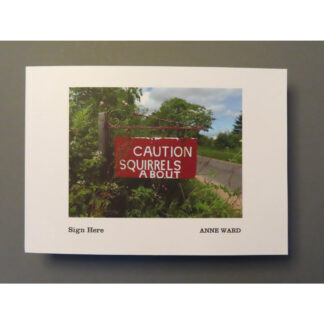
I love waxworks. When they are good they’re very, very good and when they’re bad they’re even better. I’ve been hooked since experiencing the famously terrible Louis Tussaud’s House of Wax in Great Yarmouth, and never miss a waxworks if there’s one to visit.

The National Wax Museum Plus in Dublin is a mix of waxworks and Ripley’s Believe It Or Not-type exhibits. Believe it or not, this is footballer and heartthrob George Best.

The waxworks are mainly famous Irish people, which is great, as you have Jedward rubbing shoulders with Oscar Wilde.

A perturbed Samuel Beckett lurks by a fire exit. It’s hard to tell if this placement is an afterthought or a sophisticated joke.

Irish music is well-represented with a very flattering U2, unrecognisable Bob Geldof and a truly insulting Van Morrison. The recently-added Sinead O’Connor waxwork had to be removed after causing an outcry.

In the basement, there are waxworks from Irish history and a House of Horrors. At times it’s hard to tell between the two. Goes without saying that it’s really, really worth a visit.
More photos in this Flickr set: The National Wax Museum Plus, Dublin.













































